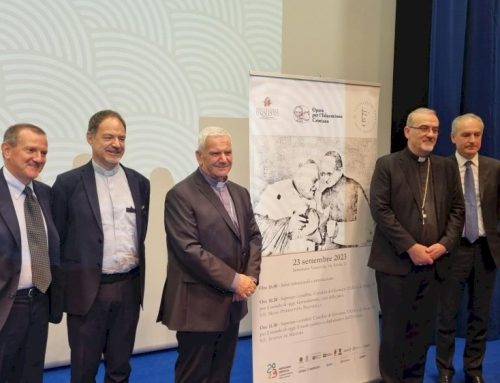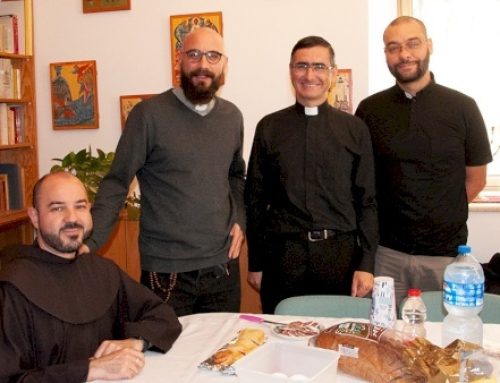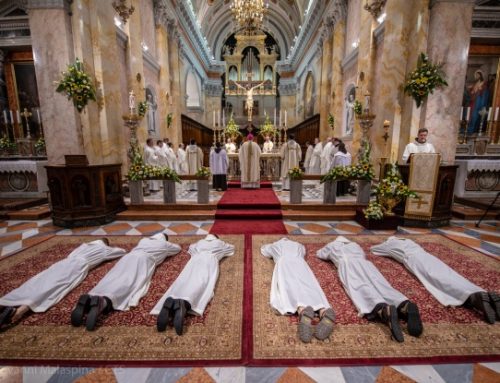Full text statement by 300 Rabbis who say Israel must share Jerusalem.
For 3000 years Jerusalem has been at the center of Jewish religious and national consciousness. For more than a thousand years, Jerusalem was the capital of the Jewish state, and the Temple on the Temple Mount was the center of Jewish religious life. For almost two thousand years since then, the return to Jerusalem was symbolic of the return of the Jewish people to self-determination. Jerusalem was the constant object of Jewish prayer: “Next Year In Jerusalem.” Today, Jerusalem is once again the capital of Israel, and the rightfulness of the Jewish presence and Jewish sovereignty in Jerusalem is unchallengeable.
The question is whether Jerusalem should be under the exclusive sovereignty of one nation. The question is whether the pursuit of both justice and lasting peace requires that, in some form, Jerusalem be shared with the Palestinian people. We believe that it does. We call for a shared Jerusalem, and, in support of this position we urge attention to the following considerations:
– Failure to resolve the Jerusalem question runs the risk of replacing the more diffuse Israeli-Palestinian conflict with a Jerusalem-centered conflict — one that may prove even more dangerous and horrible than what we have witnessed during the last several decades.
– The “Jerusalem question” can be solved. Most Israelis do not view the current municipal boundaries as sacrosanct. Substantial numbers would give serious consideration to Palestinian sovereignty over parts of East Jerusalem. Many would favor a redefined city that was smaller but more thoroughly Jewish in its population. Both Palestinians and Israelis are open to creative solutions for sidestepping the most difficult issues, such as sovereignty over the Temple Mount. The 1996 discussions between Israeli and Palestinian leaders (Yossi Beilin and Abu Mazen) demonstrated this. What is needed is political leadership that is imaginative and committed to genuine compromise.
– Much of the area of present-day municipal Jerusalem can be removed from controversy. The current boundaries of Jerusalem, as determined by the Israeli government, bear little relationship to the Jerusalem that has been the object of veneration by three religions over the centuries. Until the middle of the nineteenth century Jerusalem was the “Old City,” an area constituting only 1% of the present city.
– The area that is currently known as East Jerusalem is an arbitrary entity that emerged only thirty years ago. Only 10% of it represents that Eastern part of the city from which Israel was excluded access during the period of Jordanian control. The other 90% was West Bank territory grafted onto the city by the Israeli government several weeks after the cessation of the 1967 war.
– Much of East Jerusalem is not an urban area at all. Rather, it is a sprawling undeveloped space, within which still sit isolated Arab village areas. These areas, as well as others where Palestinians live (outside of the Old City) are of distinctly lesser importance to Israelis. Similarly, the areas of Jewish residence (outside the Old City) are of distinctly lesser importance to Palestinians. Thus, the potential exists for two distinct municipal areas, Al-Quds and Yerushalayim that would overlap on the Old City.
– Palestinians, be they Muslims or Christians, have rights in regard to Jerusalem that are worthy of respect. For almost the entire history of Islam, with the exception of the Crusader era and certain periods of the 20th century, Jerusalem was under the rule of Muslims. It was towards Jerusalem that Muslims first prayed, and it is from the Temple Mount in Jerusalem that Mohammed is believed to have ascended to Heaven to receive his final revelation. Thus, it is natural that Muslims would also view Jerusalem as their city. And for Christians, Jerusalem is the Holy City within the Holy Land, the central locus of the formative events of their religious experience.
– Today, there are some 180,000 Palestinians who live in East Jerusalem, making it the largest urban concentration in the West Bank. These Palestinians, though eligible, have refused to become Israeli citizens; they voted in the Palestinian elections for their Legislative Council, and if there is a Palestinian state, it is likely that these Jerusalemites will become citizens of that state. Approximately one out of every eight Palestinians in the West Bank/East Jerusalem region falls into this category.
– The Old City, the area of greatest contention, has a population of 30,000; of its residents some 90% are Palestinians.
These factors cannot and should not be ignored. They do not undermine the significance of Jewish rights to Jerusalem, but they strongly justify searching for an alternative to an exclusive Israeli sovereignty. Such an alternative can be found, and when it is achieved, it will not only provide for an Israeli-Palestinian accord on Jerusalem, it will lay the basis for a wider Islamic recognition of Jewish and Israeli rights in Jerusalem. As such, it will be the strongest basis for lasting peace. Indeed, for both Islam and Christianity the importance of Jerusalem emerged not from their rejection of the Jewish prophetic tradition, but from their efforts to incorporate it. All three faiths view Abraham as their seminal patriarch and prophet, and it is through achieving “the Peace of Jerusalem” that humankind may aspire to lasting reconciliation among these Abrahamic religions.



